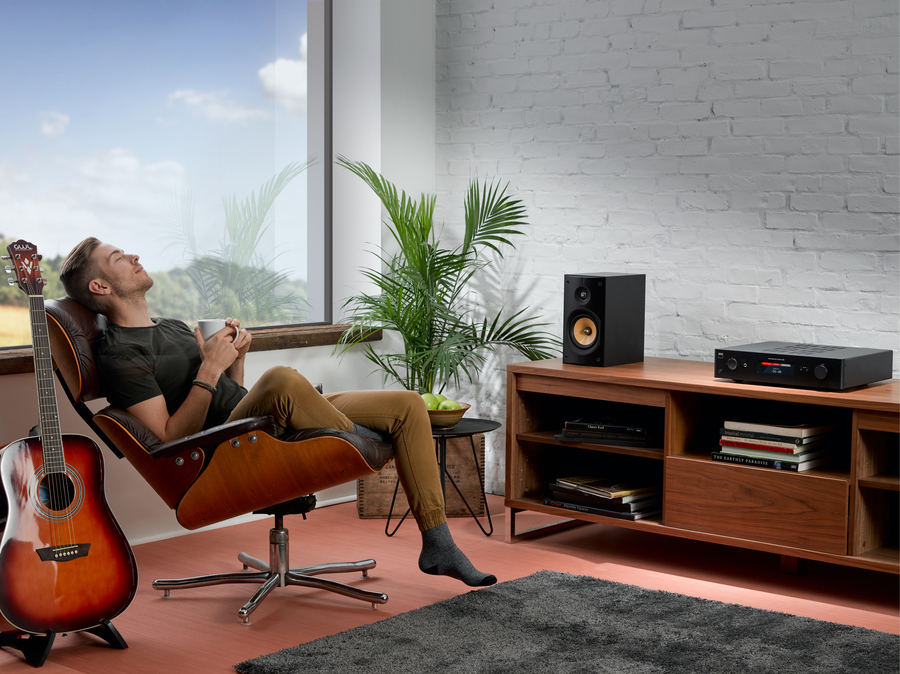Why & How to Achieve High-Resolution Home Audio
Experiencing the Immersive, Sonic Landscape

If you’re looking to upgrade your home audio, you’ve probably come across two terms: high-fidelity and high-resolution home audio. And, of course, there’s also high-definition. Unless you’re an audiophile with years of searching for the ultimate music experience, it can all get a little confusing.
That’s where Natural Sound comes in. We’re dedicated to providing personalized experiences and offering insights from serving our clients in and around Boston, MA, for over four decades.
So, let’s explore the words that define great audio and determine which ones will be the most important to you.
SEE ALSO: Natural Sound Delivers the Best in High-Performance Audio
High-Fidelity
The term high-fidelity can be summed up in one phrase: the pure and accurate reproduction of sound. It defines a sound reproduction system that is particularly good at playing back audio as close to the original recording as possible.
High-Definition
High-definition is a word that’s primarily used to describe video quality. But, as with most words that find different meanings, it has edged its way into audio, where people use it interchangeably with high-resolution. Like high-resolution, it refers to a higher quality of sound. Unlike high-resolution, it does not limit this sound to digital music files.
Which leads us to High-Resolution.
Hi-Res and Why You Want It
High-resolution audio refers to digital audio formats that offer higher sound quality than standard CDs and MP3 files. It’s often used in the context of streaming music services, with some offering hi-res options. It captures greater detail than standard audio formats and, like high-fidelity, is designed to help us hear music as the artist intended.
As technology evolved, digital files increased in quality. As this audio format gained traction, digital distribution platforms emerged. As storage increased and internet speeds improved, it became much easier to download and stream high-resolution audio, making it more accessible.
In addition to greater detail, it also offers spatial accuracy and a dynamic range, allowing you to hear the nuances and experience a more immersive sonic landscape. When listening to your favorite song, you’ll hear the instruments and vocals reveal subtle variations you may have previously missed.
How to Hear Hi-Res Audio
There’s one device in your stereo system that is responsible for high-resolution—it’s your digital-to-analogue converter, commonly called DAC. Some devices, such as dedicated Hi-Res audio players or digital audio players, have built-in high-quality DACs and amplifiers, ensuring the best possible audio quality.
As the demand for this level of music grew, more streaming services have answered the call, with many offering high-resolution options. A few of these services include:
- Amazon Music
- TIDAL
- Qobuz
- Deezer
- Apple Music
If you’re using these streaming services on a mobile device, laptop, or even high-quality headphones, including an external DAC is the best way to ensure the highest quality and experience the full potential of your music. And, while your stereo system may have an internal DAC, if it’s not the highest quality, it can result in distortion. External DACs offer a more transparent, cleaner sound.
Are you ready to experience the difference? Come visit and explore our various headsets and high-quality speakers. You’ll never experience a sales tactic, just people sharing their passion.
To learn more about high-resolution home audio, contact Natural Sound.

